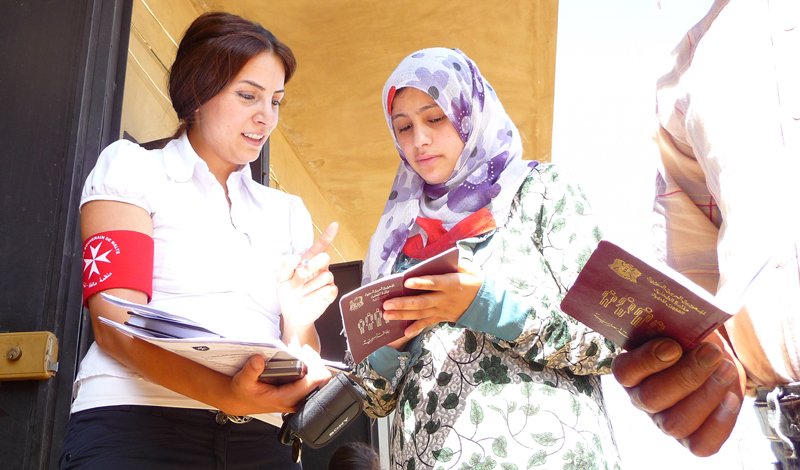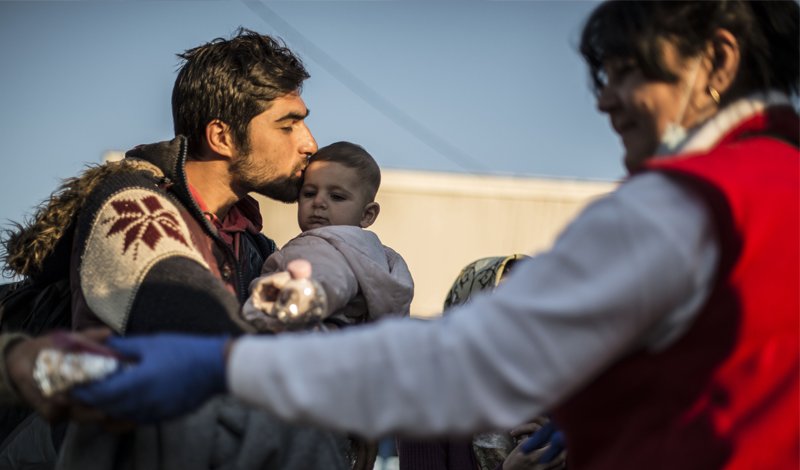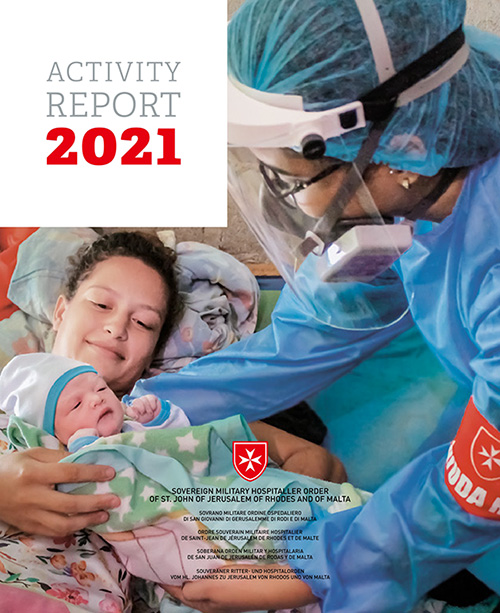Remarkable results from the Order’s project treating patients with tripanosomiosis (sleeping sickness) in the Yei province of the Sudan have been reported after a recent visit from a World Health Organisation (WHO) evalation team.
In the past, people in Yei county had to travel a long distance for treatment. At the beginning of 2002, Malteser started treating sleeping sickness in Yei. The WHO evaluation states that Malteser has successfully developed a health system offering an excellent health centre for diagnosis and treatment of infected patients. The project provides successful active screening of the population through outreach activities, training of assistants to help with the disease and of community health workers. Health education for community leaders, representatives of health services, churches, local authorities and local NGOs is also being offered. The most outstanding result of the sleeping sickness project in Yei is a zero death rate of treated patients: the WHO report states that this is the first time that such a good result has been achieved.
FACTS ABOUT SLEEPING SICKNESS
African sleeping sickness is caused by trypanosomes which are protozoan parasites, transmitted to humans through the bite of the tsetse fly.
There are two forms, each caused by a different parasite:
– “Trypanosoma brucei gambiense”, which causes a chronic infection lasting years and prevalent in the countries of western and central Africa;
– “Trypanosoma brucei rhodesiense”, which causes acute illness lasting several weeks, prevalent in the countries of eastern and southern Africa.
When a patient becomes infected, the trypanosome multiplies in the blood and lymph glands, crossing the blood-brain barrier to invade the central nervous system where it provokes major neurological disorders. Infection by trypanosomes causes neurological alterations. Psychomotor and neurological retardation even among cured children is frequent. Without treatment, the disease is invariably fatal.
MAGNITUDE OF THE PROBLEM
Sleeping sickness is a daily threat to more than 60 million men, women and children in 36 countries of sub-Saharan Africa, 22 of which are among the least developed countries in the world. The estimated number of people thought to have the disease is between 300,000 and 500,000.
Detection of people infected with sleeping sickness and subsequent patient care requires well-trained staff, resources, medicines and well-equipped health centres. Without systematic screening of exposed populations and without treatment, the majority of those infected will die without ever having been diagnosed.
ECONOMIC AND SOCIAL IMPACT
Sleeping sickness has a major impact on the development of rural areas, decreasing the labour force and hampering production and work capacity. It remains a major obstacle to the development of entire regions. In countries like Angola, Democratic Republic of Congo and the Sudan, there is no operational capacity large enough to respond to the epidemic situation. The prevalence in some areas is extremely widespread. In numerous provinces in these countries, reported prevalence is greater than 20%.










